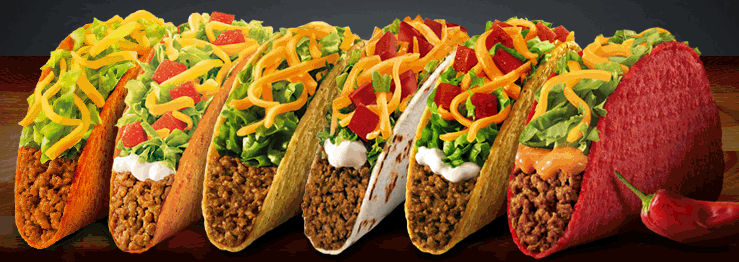What Are Convenience Foods?

Fonte: 2.bp.blogspot.com
Most people use them to save time, eat conveniently during travel, replace homemade versions or store food for a longer period of time. (…)
History and Development
How convenience foods developed and became popular is complex, reaching into multiple areas of study. Originally, they were made primarily for use during war, with soldiers using them to transport meals and quickly get the calories and nutrients they needed to stay in battle.
After World War II, companies realized that the general population also could benefit and began introducing mass market versions. This coincided with changes in trade, which led to people wanting to try different foods from other areas, and a shift from buying foods from individual, specialized shops to purchasing them at early supermarkets.
Technology also contributed to the rise of these items. When the TV was invented and made its way into homes, for example, people moved away from eating in the dining room and toward easy, fast meals they could consume in front of their sets. As freezers and refrigerators became standard, people were able to store prepackaged cold and frozen foods to a greater extent.
Business shifts made convenience foods attractive, as well. In the United States, for example, in the mid-20th century, women were in the workforce in record numbers, in part because they had proven themselves valuable during World War II, taking the jobs of their male relatives and spouses who were away fighting. Cooking traditionally had been seen as a “woman’s task,” so when women began exploring careers and were no longer at home as much to make meals, families turned to processed, prepackaged options.
Studies have investigated how culture and gender shape the use of these products. Through simple techniques, such as surveys, they have discovered that people prefer different items in different countries, for example. Experts have learned that women are more likely to choose snack versions, as well. This information is extremely valuable, because it provides some insights as to how companies might control the use of these foods through market research and application. That, in turn, dictates to a large degree how they will develop and be used in the future.
Fonte: www.wisegeek.org

